5+ Weaknesses Examples
You work hard but can’t meet your personal or career goals. Despite failing. Your friends suggested you do a simple SWOT analysis template of yourself or your business to identify strengths, weaknesses, opportunities, and threats. You now understand corporate failure.
You have the opportunity to rid yourself as an individual, or your company of these flaws by making the right choices at this time. You’ve done some preliminary analysis. Now you can focus on making progress in the areas that need it the most.
1. Example Strengths and Weaknesses
2. Strengths & Weaknesses Memo Example
3. Identifying Strengths and Weaknesses with Support
4. Authentication weaknesses in GCM
5. Weaknesses Transformational Leadership
6. Strengths Weaknesses Opportunities and Threats
What are Weaknesses?
Weaknesses prevent a group, or an individual, from reaching its full potential. A poor brand, above-average turnover, high levels of debt, an insufficient supply chain, or a lack of cash are all examples of areas in which the firm may need some work if it wants to keep up with the competition. For an individual, weaknesses can slow down or hinder one’s journey to career goals and career objectives.
How to determine your Weaknesses?
Personal or organizational weaknesses are learned or acquired patterns of behavior that limit success. There are mental, physiological, and emotional vulnerabilities. These flaws may hinder your professional, personal, and societal progress. Learning how to identify weaknesses can do great wonders for your goals and objectives. Through this, you can either formulate an employee coaching plan to improve performance of the business, or an academic career development plan to fast-track success in the academe. How to take stock of your own or your company’s weaknesses is outlined below.
Step 1: Practice self-awareness.
The word “self-awareness” refers to both the process and the result of knowing oneself and one’s surroundings intimately and then using that information to form novel insights and plans of action characterized by self- and other-care. Discover who you are and how your surroundings affect you via this approach.
Step 2: Get feedback from others you trust.
It’s possible that your loved ones have insights into you that you yourself don’t have. It’s always useful to have a new viewpoint on a problem; sometimes it takes an objective observer to help you see things more clearly. Then, you can focus on maintaining positive feedback while aiming to improve the negative ones.
Step 3: Keep a list of the things that make you happy, sad, or angry each day, and think about how those feelings could be impacting your life.
The way we feel greatly affects what we think about and how we behave. Understanding our emotions and how they are influencing us is crucial for making the necessary adjustments. Researchers have shown that those who routinely take stock of their emotions and consider how they are influencing their behavior enjoy greater professional and interpersonal success.
Step 4: Rewrite rules for yourself as if they were laws that must be obeyed by everyone.
This is a wonderful method for determining the validity of one’s internal experiences. In the event that it doesn’t, you are free to create new laws that do. Having greater say over your interactions with the outside world is shown to reduce stress.
FAQs
Why should you identify your weaknesses?
This is a wonderful method for determining the validity of one’s internal experiences. In the event that it doesn’t, you are free to create new laws that do. Having greater say over your interactions with the outside world is shown to reduce stress.
What is the best way to determine strengths and weaknesses?
It’s possible that getting feedback from others is the greatest way to figure out what you’re good at and where you may need improvement. Strengths and weaknesses may be evaluated with the aid of colleagues, peers, friends, and even family members.
What is strength and weakness in SWOT analysis??
An organization’s strengths, weaknesses, opportunities, and threats may be analyzed using the framework of SWOT analysis. The letters of the SWOT acronym represent these terms. The fundamental intent of doing a SWOT analysis is to heighten one’s understanding of the many considerations that must be made before settling on a company course of action.
In conclusion, each individual or organization has their own unique set of both talents and shortcomings. There are certain things that are more clear than others. If you fail to recognize your weaknesses and acquire the skills necessary to transform them into assets, however, they will continue to impede your progress throughout your life.
5+ Weaknesses Examples
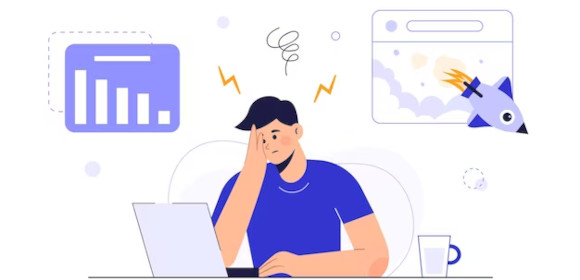
You work hard but can’t meet your personal or career goals. Despite failing. Your friends suggested you do a simple SWOT analysis template of yourself or your business to identify strengths, weaknesses, opportunities, and threats. You now understand corporate failure.
You have the opportunity to rid yourself as an individual, or your company of these flaws by making the right choices at this time. You’ve done some preliminary analysis. Now you can focus on making progress in the areas that need it the most.
1. Example Strengths and Weaknesses

web.mit.edu
Details
File Format
PDF
Size: 77 KB
2. Strengths & Weaknesses Memo Example
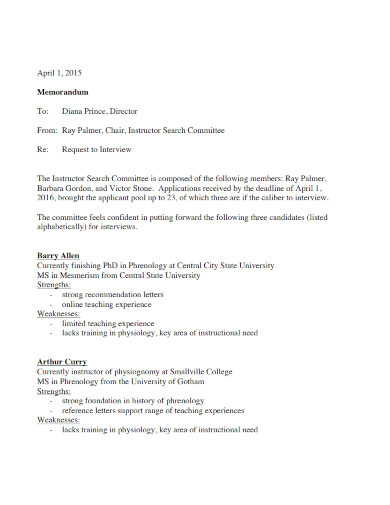
bgsu.edu
Details
File Format
PDF
Size: 41 KB
3. Identifying Strengths and Weaknesses with Support
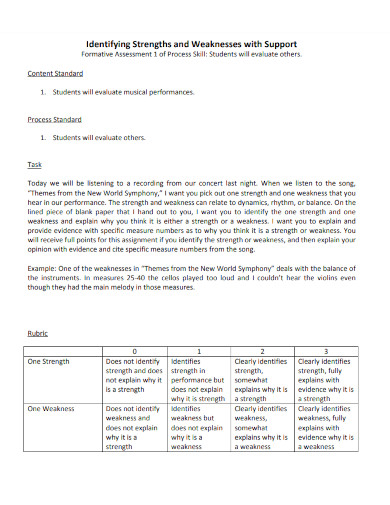
jfmueller.faculty.noctrl.edu
Details
File Format
PDF
Size: 65 KB
4. Authentication weaknesses in GCM
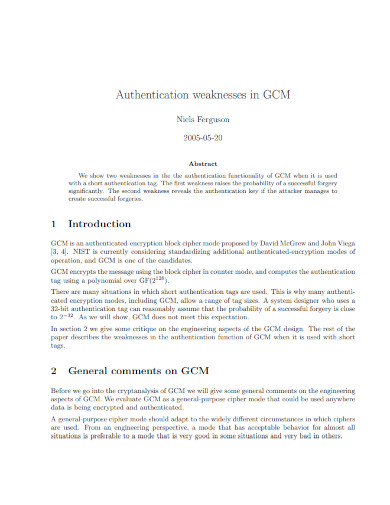
csrc.nist.gov
Details
File Format
PDF
Size: 52 KB
5. Weaknesses Transformational Leadership
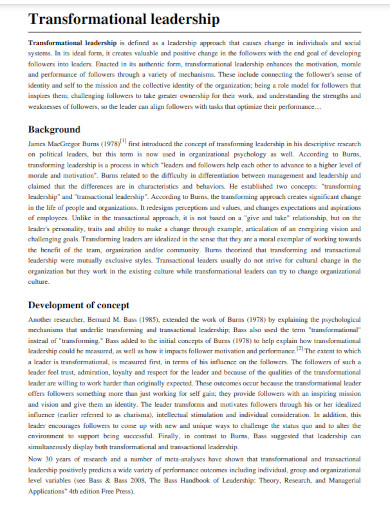
langston.edu
Details
File Format
PDF
Size: 116 KB
6. Strengths Weaknesses Opportunities and Threats
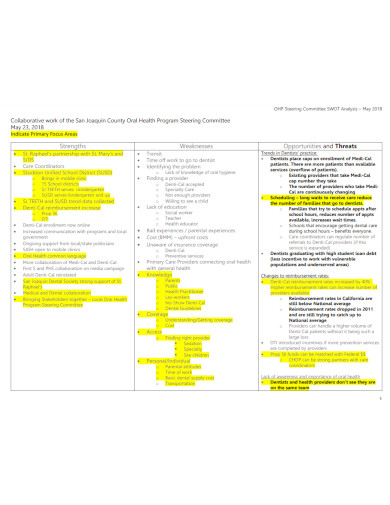
oralhealthsupport.ucsf.edu
Details
File Format
PDF
Size: 46 KB
What are Weaknesses?
Weaknesses prevent a group, or an individual, from reaching its full potential. A poor brand, above-average turnover, high levels of debt, an insufficient supply chain, or a lack of cash are all examples of areas in which the firm may need some work if it wants to keep up with the competition. For an individual, weaknesses can slow down or hinder one’s journey to career goals and career objectives.
How to determine your Weaknesses?
Personal or organizational weaknesses are learned or acquired patterns of behavior that limit success. There are mental, physiological, and emotional vulnerabilities. These flaws may hinder your professional, personal, and societal progress. Learning how to identify weaknesses can do great wonders for your goals and objectives. Through this, you can either formulate an employee coaching plan to improve performance of the business, or an academic career development plan to fast-track success in the academe. How to take stock of your own or your company’s weaknesses is outlined below.
Step 1: Practice self-awareness.
The word “self-awareness” refers to both the process and the result of knowing oneself and one’s surroundings intimately and then using that information to form novel insights and plans of action characterized by self- and other-care. Discover who you are and how your surroundings affect you via this approach.
Step 2: Get feedback from others you trust.
It’s possible that your loved ones have insights into you that you yourself don’t have. It’s always useful to have a new viewpoint on a problem; sometimes it takes an objective observer to help you see things more clearly. Then, you can focus on maintaining positive feedback while aiming to improve the negative ones.
Step 3: Keep a list of the things that make you happy, sad, or angry each day, and think about how those feelings could be impacting your life.
The way we feel greatly affects what we think about and how we behave. Understanding our emotions and how they are influencing us is crucial for making the necessary adjustments. Researchers have shown that those who routinely take stock of their emotions and consider how they are influencing their behavior enjoy greater professional and interpersonal success.
Step 4: Rewrite rules for yourself as if they were laws that must be obeyed by everyone.
This is a wonderful method for determining the validity of one’s internal experiences. In the event that it doesn’t, you are free to create new laws that do. Having greater say over your interactions with the outside world is shown to reduce stress.
FAQs
Why should you identify your weaknesses?
This is a wonderful method for determining the validity of one’s internal experiences. In the event that it doesn’t, you are free to create new laws that do. Having greater say over your interactions with the outside world is shown to reduce stress.
What is the best way to determine strengths and weaknesses?
It’s possible that getting feedback from others is the greatest way to figure out what you’re good at and where you may need improvement. Strengths and weaknesses may be evaluated with the aid of colleagues, peers, friends, and even family members.
What is strength and weakness in SWOT analysis??
An organization’s strengths, weaknesses, opportunities, and threats may be analyzed using the framework of SWOT analysis. The letters of the SWOT acronym represent these terms. The fundamental intent of doing a SWOT analysis is to heighten one’s understanding of the many considerations that must be made before settling on a company course of action.
In conclusion, each individual or organization has their own unique set of both talents and shortcomings. There are certain things that are more clear than others. If you fail to recognize your weaknesses and acquire the skills necessary to transform them into assets, however, they will continue to impede your progress throughout your life.

